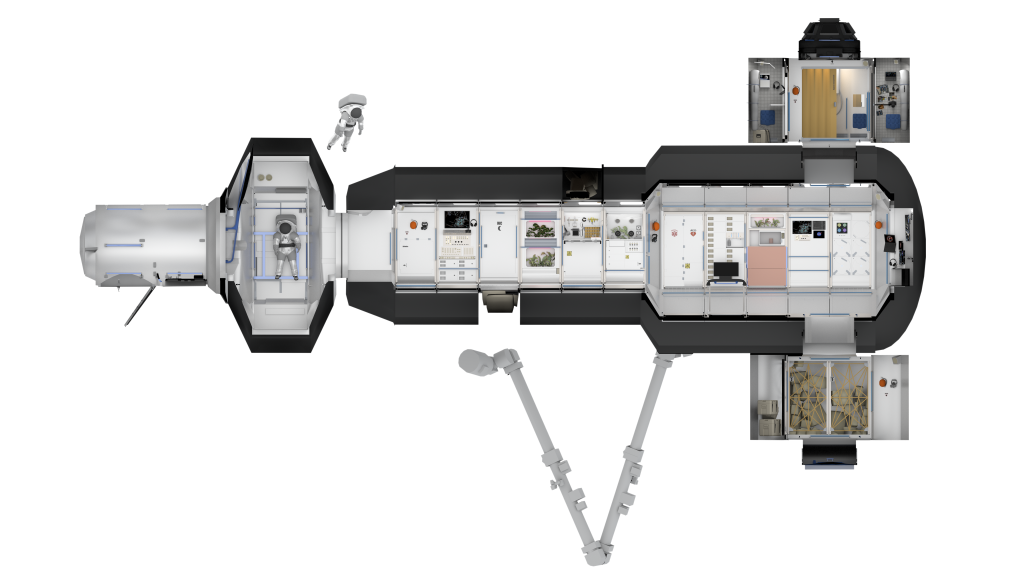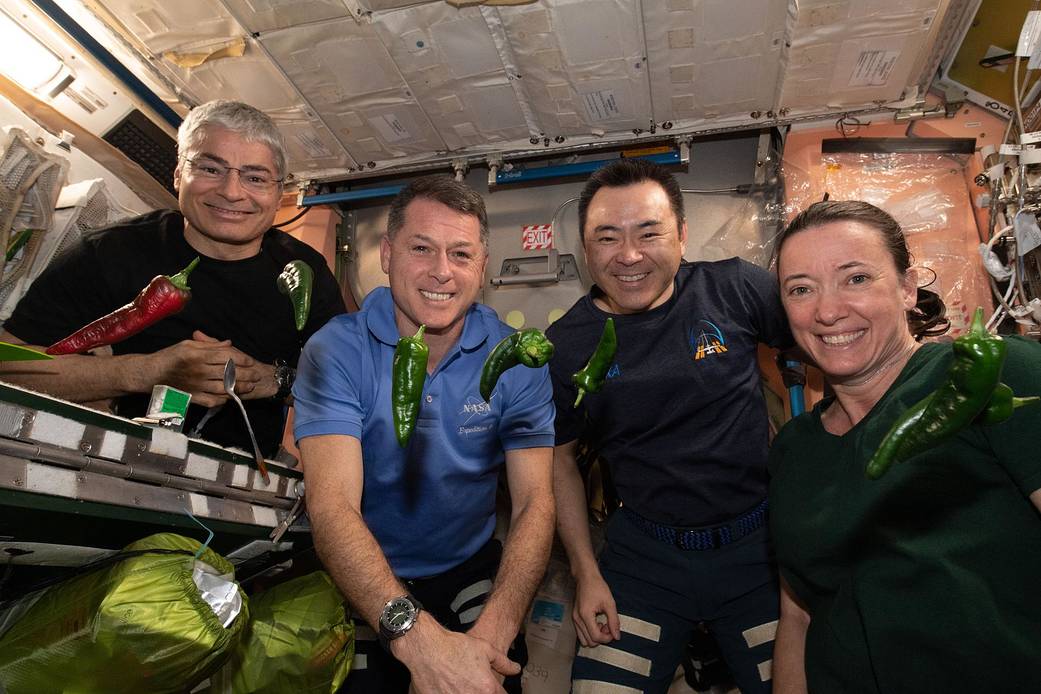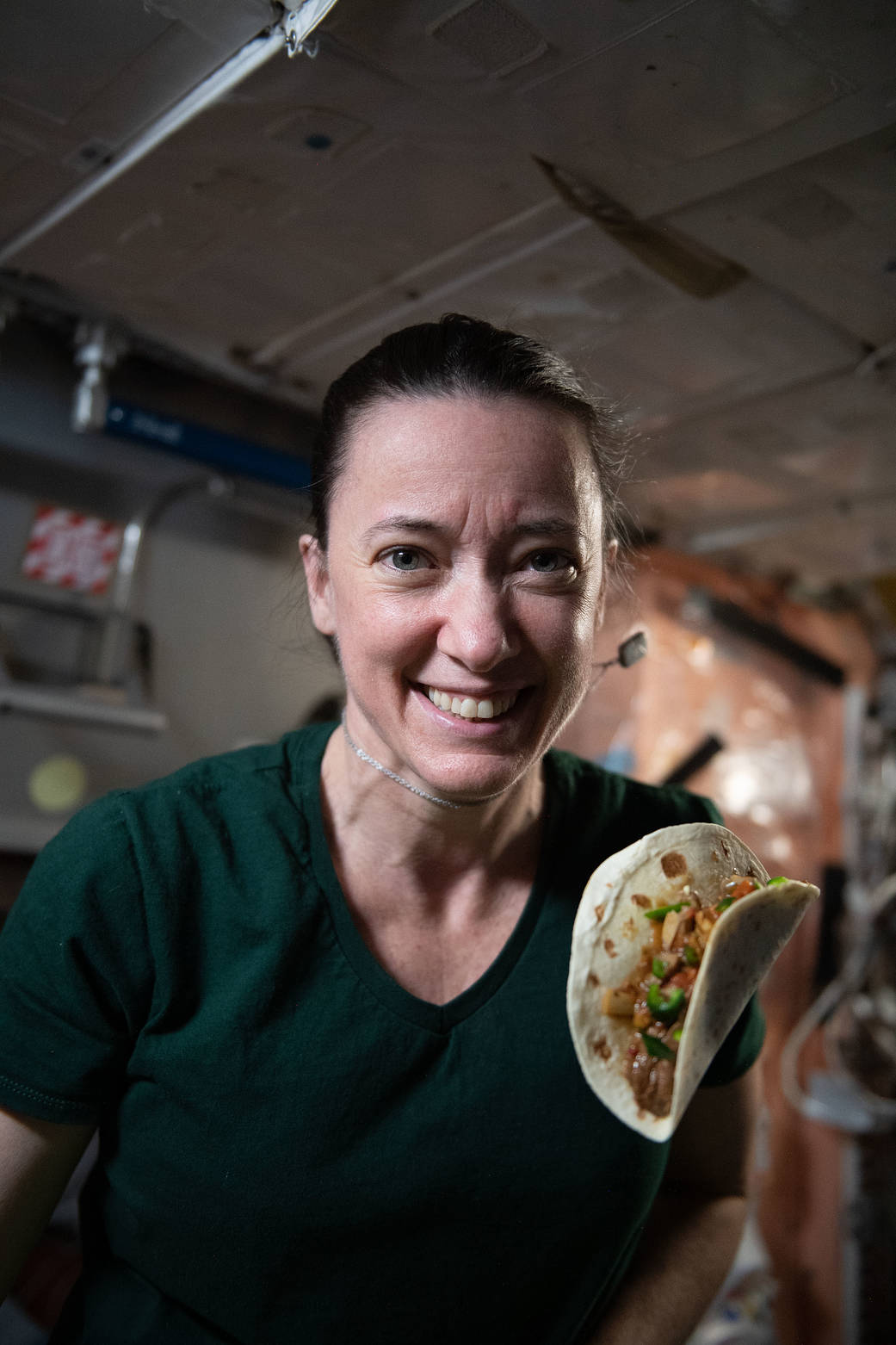Expedition 66 flight engineers NASA astronauts Mark Vande Hei and Shane Kimbrough, JAXA (Japan Aerospace Exploration) astronaut Aki Hoshide, and NASA astronaut Megan McArthur aboard the International Space Station added some spice to their diets on Oct. 29, when they and ESA (European Space Agency) astronaut and Expedition 66 commander Thomas Pesquet sampled seven freshly harvested mild heat chile peppers. These peppers have been growing since July 12, when Kimbrough initiated the experiment in the Advanced Plant Habitat (APH). This is the first time astronauts have eaten peppers grown in space.
This experiment, Plant Habitat-04, is growing a hybrid variety called the NuMex ‘Española Improved’ Pepper, which researchers selected because peppers are an excellent source of Vitamin C and they performed best in ground tests in the APH. This is the first of two harvests for the experiment, with the second planned for late November.
Compared to the 10 previous space crops NASA astronauts have grown and eaten aboard the station, growing chile peppers has been one of the most challenging experiments. Peppers have longer growing times and, unlike radishes or leafy greens, require pollination before fruit develop. To overcome those challenges, plant researchers on the ground used APH’s more than 180 sensors and controls to closely monitor the peppers and precisely control the environment for optimal growing conditions. Those researchers also had help from astronauts willing to lend a hand.
This experiment is part of NASA’s research into growing crops in space since fruits and vegetables can supplement astronauts’ diet with key nutrients like Vitamin C and Vitamin K, which explorers will need during long-duration deep space missions in the future.



























